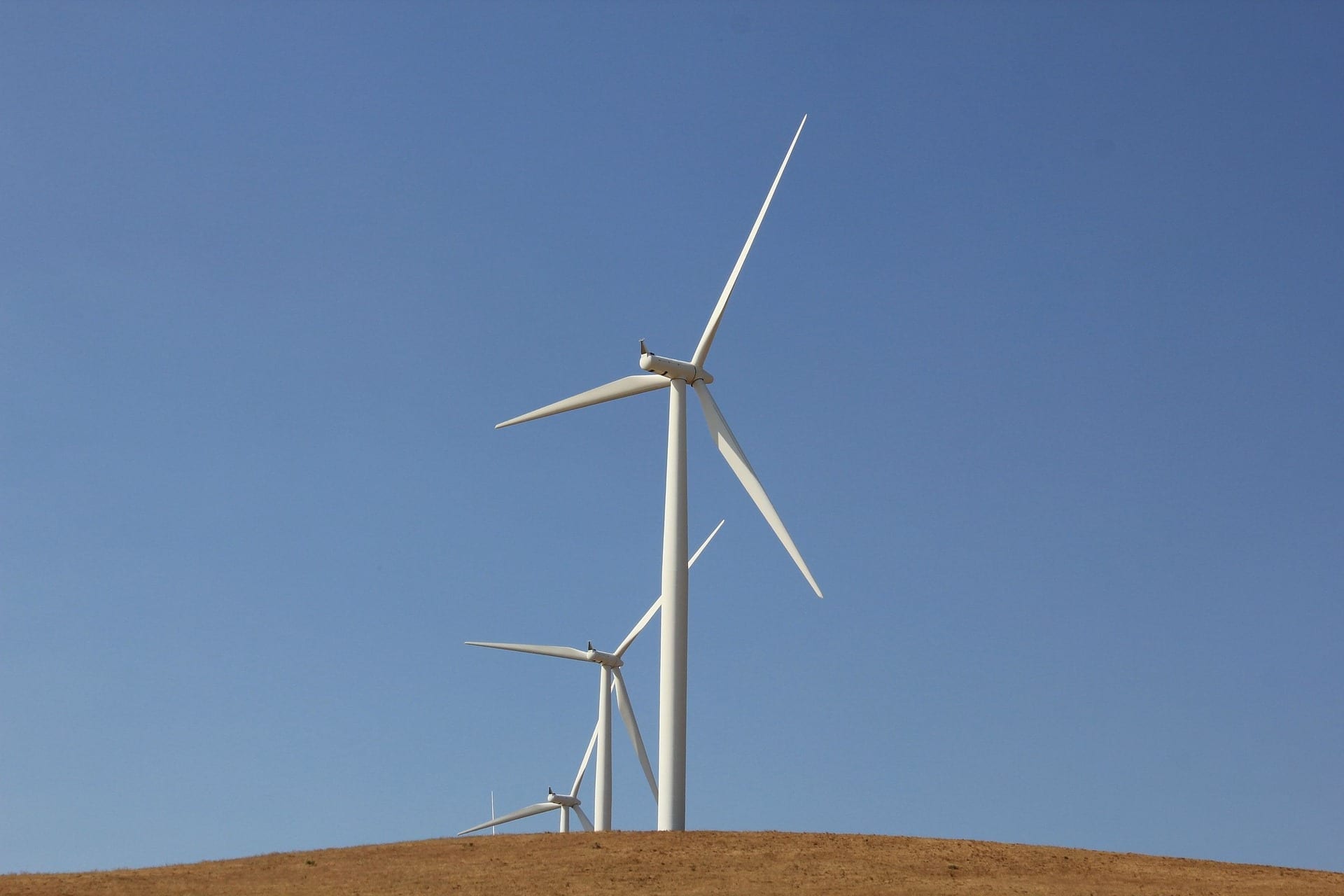The balance between wildlife and energy
Michael Hutchins, Director of the American Bird Conservancy, talked to UT students and faculty about the balance between conserving wildlife and using wind turbines.

Written by Chet Guthrie
Imagine a 164-ton wind turbine rotating in the sky. A gateway to green efficiency that benefits climate change. Yet no one doesn’t think how a structure that big effects the wildlife around it.
Michael Hutchins, Director of the American Bird Conservancy gave a lecture on the subject to UT students and faculty on Thursday, Sept. 29.
Hutchins asserts that wind energy is a clean and renewable energy source, but also says that everyone should be concerned about the impacts of climate change and the potential impact on wildlife and habitat in the future.
“[The wind industry] says their making every effort to be proactive and to reduce birds and bats killed at their projects and they say nobody takes wildlife impacts more seriously than the wind industry.” Hutchins said. “I’m going to challenge that idea.”
Wind turbines built around habitat kill thousands of birds and bats every year. Birds and bats are easily struck by the blades that can travel up to 150-175 miles an hour.
“It looks like these things are moving very slow, but that’s because they’re so big,” Hutchins said referring to the wind turbines, and went on to say that wind turbines have enough energy to create pressure strong enough to crush portions of a bats body without making contact.
To combat these types of deaths, the wind industry practices seasonal shutdowns and when detecting birds on radar. In addition, they are making smaller sites to ease the impact on wildlife.
Lights are also being put on turbines to prevent collision and prey is being removed so there will be no predation.
Despite these changes to wind turbines being implemented, Hutchins said there are few state and federal laws that enable these regulations.
“[American Bird Conservancy] came up with Bird Smart Energy,” Hutchens explained. “This involves careful, independent reconstruction risk assessments and studies to see what’s out there.”
30,000 turbines are built on sites that have key breeding habitat, major migratory routes, vulnerable ecological places and some areas that impact endangered species. One such species that is affected by this is the whooping crane, a species with an estimated population of roughly 340.
“There are currently 5,500 turbines in the whooping crane migratory corridor and there are 18,518 planned.” Hutchens said. “That does not include the hundreds of miles of new power lines and towers that are going into their habitat.”
Edited by Ben Webb
Featured image by ClassicallyPrinted, obtained using creativecommons.org.



